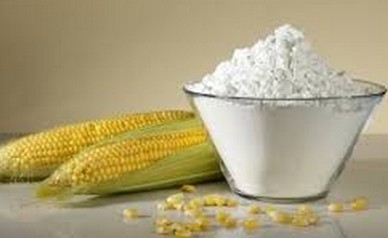We usually adopt wet milling technology to produce corn starch. Corn starch production technological process can be divided into open type and closed type. ...
 Starch is the basic raw material for food industry. The total starch output in the world reaches 36,000,000 tons and 80% above is corn starch. We usually adopt wet milling technology to produce corn starch.
Starch is the basic raw material for food industry. The total starch output in the world reaches 36,000,000 tons and 80% above is corn starch. We usually adopt wet milling technology to produce corn starch.
Corn starch production technological process can be divided into open type and closed type. In the open type, corn soaking and all of the wash water requires fresh water. So this process always consumes lots of water and there has large loss of dry matter and high discharge capacity. While the closed type just needs fresh water at the end of the starch washing. And the other water process uses process water. Therefore, its fresh water dosage is less than the dry matter loss and there has less pollution.
Wet method corn starch production process is concluded as follows:
1. Corn storage and purification: unprocessed corn is measured by the truck scale first, and then is unloaded in the corn hopper. Then it is sent by the conveyor and bucket elevator to the raw material storage silo and purified by vibration screen, stone removing and magnetic separation process. After metering, it enters into purification corn silo and then enters into the soaking system by hydraulic power or mechanical conveying.
2. Corn soaking: corn soaking is finished in the countercurrent of the sulphurous acid water solution. It usually adopts semicontinuous flow.
3. Corn grinding: after soaking, corn is conveyed by the wet corn conveying pump to the wet corn storage hopper through destoner machine, and then enters into the double wedge mill, which can grind corn into 4-6 pieces.
4. Corn fine grinding: when the twice rotational flow separator separates the germs, the thin slurry is processed by the pressure curve sieve and the screen overflow is coarse starch milk. It mixes with the coarse starch slurry which is separated from grinding and then enters into the starch separation process. The overtails enters into the impact mill for fine grinding so as to furthest dissociate the starch which is bonding with fiber.
5. Fiber separation, washing and drying: after fine grinding, the sizing agent enters into the fiber washing tank and then is sent to the first stage pressure curve screen with the washing water.
6. Corn starch separation, washing and drying
7. Corn protein separation and drying
8. Corn germ washing, drying and oil expression
9. Corn steep liquor evaporation
10. Corn fiber feeds drying and pelleting
Next article:Pneumatic Corn Milling Machine Roll Clearance Adjustment
Previous article:Grinding Roller Cooling and Cleaning





